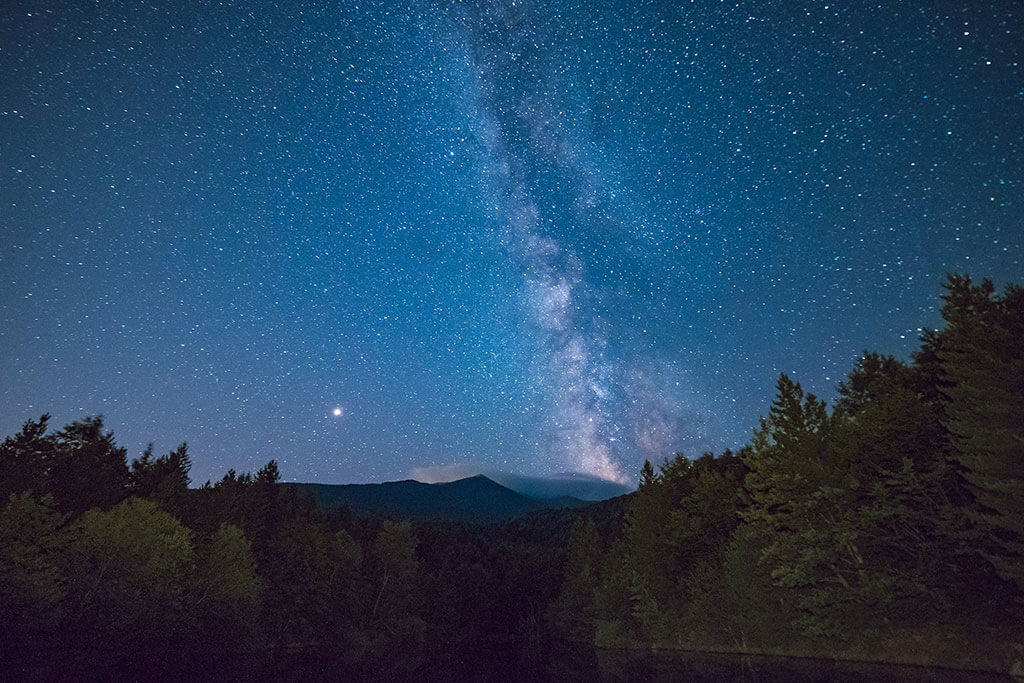Star-B-Q group photo
Thank you Doug Isherwood for sharing this image of the happy members who spent the day at the Carr Astronomical Observatory on Saturday after a very successful Star-B-Q. Stay tuned for the full report coming to our SCOPE newsletter soon.

